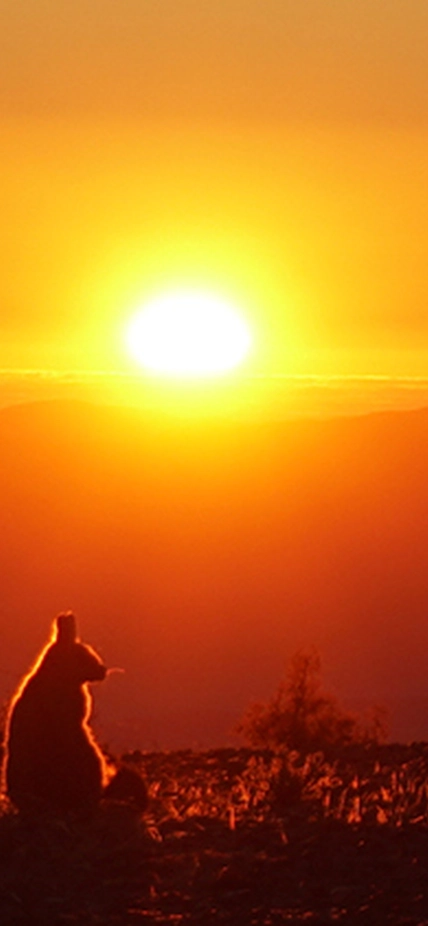Dear Friends,
September is always an exciting time at The Observatories. This is the month each year when most of our new postdocs begin their positions at Carnegie. For those of you not familiar with the term, postdocs are young scientists who have completed their doctoral studies and are further developing their research programs, both independently and in collaboration with other scientists. A primary goal of postdoc positions is to provide additional training that prepares these talented young investigators for their careers as faculty members, or in research positions outside of academia.

As many of you have heard me say, there is no better place to be an astronomy postdoc than at The Observatories. Our postdocs—each rigorously selected from applicants worldwide—enjoy a level of independence not possible at most other institutions. For example, our postdocs apply for telescope time at our Las Campanas Observatory with the same status as our senior scientists. Similarly, they have open access to our computing facilities. They also benefit from regular interactions with our senior scientists, who are far more accessible to them than they would be at universities where teaching and students take priority. Our senior scientists understand the crucial importance of our postdoc program, and we all take pride in mentoring this next generation of excellent scientists. All of these benefits make the postdoc experience at Carnegie unique in astronomy. The quality of any postdoc program is judged by the subsequent careers of its young scientists, and The Observatories' program is truly unmatched by any other astronomy program in the world: since 2000, nearly all of our postdocs have secured faculty positions at top universities throughout the country and abroad.
Yet, while the number of postdoc positions nationwide has grown in the last two decades, there are now many indications that this growth may end, and that support for postdoc positions is likely to decrease in the coming years. Just last year, NASA announced a 35% reduction in the number of independent postdoctoral fellowships it will provide to the U.S. astronomical community.

Given the vital importance of these young scientists at Carnegie, securing our postdoc program for the future will always be one of my highest priorities as director. For this reason, many of our philanthropic efforts at Carnegie focus on support for our postdoc program. Recent generous gifts by our donors and friends, for example, have enabled us to create a fellowship dedicated to theoretical astrophysics (the Alvin E. Nashman Fellowship), and to recognize the outstanding work of our postdocs (Dr Sharon Wang won the 2018 Thacher Research Award, and Maria Drout won Carnegie’s institution-wide Postdoc Innovation and Excellence Award in August).
In this context, I'm very pleased to announce the creation of the Atacama Endowment for Postdoctoral Research in Astronomy. This new fund, which will support the salaries and research costs of Carnegie postdocs in perpetuity, is possible because of a generous gift from Sigrid Burton and Max Brennan. Sigrid and Max hope that others will similarly recognize the importance of the Carnegie postdoctoral program, and will consider contributing to the Endowment. On behalf of all of us at the Observatories, my thanks for this visionary gift that will benefit the work and lives of young scientists for decades to come. We encourage you to be part of this as well.
No mention of our postdocs would be complete without also noting the central role that they play in Carnegie's scientific mission. A quick look at the articles in this newsletter demonstrates that some of the most important science coming out of The Observatories is being led by our postdocs. Their energy, enthusiasm and creativity is a big part of what makes being an astronomer at The Observatories such a wonderful experience.
Happy Fall Season!
Dr. John Mulchaey
Crawford H. Greenewalt Chair and Director
Carnegie Observatories
